J.F. Downey with HQ, AEF in France, 1918
7 November 2018
At the eleventh hour on the eleventh day of the eleventh month in the year 1918, the Great War ended under the terms of an armistice, a cease-fire agreement, signed at 5 o’clock that morning.
The most immediate requirement of the Armistice was the withdrawal of all German forces to the line of the Rhine River, which, along with “beachheads” on the east bank, was the part of Germany to be occupied by Allied troops. French, British, Belgian, and American.
One of about two million Americans of the American Expeditionary Forces (AEF) in France that day was 23 year old Joseph F. Downey from Scranton, Pennsylvania, my grandfather.
That lovely hand colored map, Territorial Terms of the Armistice, is among a stunning cache of papers he left us. They’ll help me remember him and those millions of others on this centennial of the end of the First World War.
Grandpa Joe’s grandfather, John Downey, was born in Ireland in 1823, and his father James in Scranton in 1858 – big coal country at that time. Unlike his forebears, though, Joseph didn’t work in a coal mine. He finished high school in a “business” program, and was a clerk at the Lackawanna Trust Company in Scranton in June 1917 when he registered for the Selective Service – the draft. The United States had declared war on Germany on 6 April 1917. The other combatants, of course, had been killing each other in very large numbers since August 1914.
Sometime later that year or early in 1918 he was in uniform as a Field Clerk, US Army.
The Army established Field Clerk – previously Headquarters Clerk – as a military rank by regulation in 1916. In July 1917 they were enlisted men but in December of that year they were designated as officers, though not commissioned, and wore the officer uniform, less the characteristic sleeve braid of commissioned officers. They were quartered and paid as junior officers as well. A precursor of and similar to present day Warrant Officers.
The collar device they wore was a pair of crossed quills over the shield of the Adjutant General’s Department.
Joseph was assigned to duty at the General Headquarters, AEF, Major General John J. Pershing, commanding. He was placed in the G-1 (Administrative) Section. Ultimately he was in the Statistics Division of G-1, which was established in March 1918. The Statistics Division commander, Lieutenant Colonel Leonard P. Ayres, had very recently been a civilian and was something of a statistical wizard who had proposed and created the first US military statistical organization the year before.
General Pershing first arrived in France in June 1917 and established his Headquarters in Paris. The first contingent of the staff numbered 59 officers, 67 enlisted men, 56 field and civilian clerks, 3 interpreters, and 3 correspondents. On 1 September he moved it to Chaumont-en-Bassigny (Haute-Marne), its permanent wartime home, by which time the HQ staff had grown to 74 officers, 122 clerks and 1146 enlisted men.
Joseph and the other members of the Statistics Division continually gathered detailed information from all parts of the AEF about every aspect of military operations. Things like troop arrivals and shipping; inventories of every item of supply from ammunition, fuel and heavy artillery to underwear and safety pins; hospitals and the location, illness, wounds, and death of soldiers; military construction, railroad building, quarrying, and lumbering projects; inventories of aircraft, tanks, vehicles, and draft animals, and so on.
They used this data to build tables, charts, graphs and text reports which were delivered weekly or monthly to senior Army commanders, as well as the Secretary of War and Congress in Washington DC. I expect these helped those people make decisions about what the AEF needed to perform its missions and how they were doing, at least on a quantitative level.
Most fortunately, for me, my grandfather returned home from France with copies of a set of summary charts made in the Spring of 1919 by the Statistics Division and others at AEF Headquarters. They’re fascinating to me, as they have been since I first saw them about 50 years ago. They’re historically interesting, and beautiful to look at, to boot.
Here are some examples, beginning with a look at the number of combat troops arriving in France over time, and a graphical view of when each Army Division was in the county (click on any picture to get a bigger version):
Here’s a dot-map of where they all where on 11 November 1918:
And a summary casualty chart for Americans in the War, again, by Division:
Airplanes. The Air Service – by type, with aircraft engines, and a map of airfields and other aviation facilities:
How about some fuel numbers:
And, finally, two of my favorite maps from the series. One of hospital locations – note their linkage by rail – and the other of US Army bakeries, coffee roasters, and laundries (!) supporting the troops in France:
Also among the documents in this trove is a negative photostat of the text of the terms of the Armistice of 1918. It was written by (or for) Marshal Foch, Commander of the Allied Forces, and was delivered to the Germans in French. I don’t know how my grandfather came to have this copy, but it’s also great fun to see. 11 white-on-black pages, down to Section “F” have survived to reach me 100 years later. Here’s the first page:
Translated, it reads:
A. – [CLAUSES] RELATING TO THE WESTERN FRONT
I. Cessation of hostilities by land and in the air six hours after the signing of the armistice.
II. Immediate evacuation of the invaded countries: Belgium, France, Luxembourg, – as well as Alsace-Lorraine-so ordered as to be completed within 15 days from the signature of the armistice.
German troops which have not left the above-mentioned territories within the period fixed shall be made prisoners of war.
Occupation by the allied and United States forces jointly shall keep pace with the evacuation in these areas.
All movements of evacuation and occupation shall be regulated in accordance with a note Annex 1, determined at the time of the signing of the armistice.
III. Repatriation, beginning at once, to be completed within 15 days, of all inhabitants of the countries above enumerated (including hostages, persons under trial, or condemned).
IV. Surrender in good condition by the German armies of the following equipment:
5,000 guns (2,500 heavy, 2,500 field),
25,000 machine guns,
3,000 trench mortars,
1,700 aeroplanes (fighters, bombers-firstly all D. 7’s and night-bombing machines).
Here are Marshal Ferdinand Jean Marie Foch (1851-1929) and General John Joseph “Black Jack” Pershing (1860-1948) in June 1918 near Pershing’s quarters at Chaumont.
To close this story out, I can tell you that Joseph Downey returned home, married in 1921 and had 4 children; followed later by 4 grandchildren. Family lore says he did some union organizing in coal country as a young man, but he ended up on the other side of the fence, retiring from management with Standard Oil of New Jersey/Esso in the late 1950s or early 1960s, which is when I briefly knew him. I remember him like this:
He died at age 70 in 1965 and was buried in Arlington National Cemetery. Long live his memory.
_______________
Following is the “Index” (table of contents) for the 128 pages that make up the set of tables, charts, and maps he brought back from France. I’ve only scanned a few, for illustration here. One, the map on page 74, is missing.
Let me know if you’d like to see a particular page, and I’ll scan more. Perhaps one day I’ll get all of them online?
_______________
On 11 November 1919 US President Woodrow Wilson celebrated the first Armistice Day by proclamation, honoring the veterans of the War, a tradition that continued to 1938 when Congress made Armistice Day an annual national holiday. In 1954 the idea was expanded to include all military veterans and the holiday was renamed Veterans Day.
_______________
Notes
JFD’s draft registration card is from Record Group 163, Records of the Selective Service System (WWI), 1917-1939, in the National Archives. If you’re a member (it’s free) of FamilySearch, you can find these online.
The picture of the Army Field Clerk collar device is from an online seller of some years ago. I do not own a pair of these, but would very much like to – for a proper shadowbox. I’ve been watching ebay for a couple of years now without success. If you know of a set available of this particular design (there is another, more common style with quite different quills), please let me know. Update: I did find one!
The photographs of Marshal Foch with General Pershing and of the Chaumont Headquarters are from the Official Pictures of the War (1920) by William E. Moore and James C. Russell. It’s online as PDF from the US Army Center of Military History (USACMH).
Much of the information found in J.F. Downey’s copies of the charts and tables, and more, was published soon afterward in Colonel Leonard P. Ayres’ The War with Germany; a Statistical Summary, dated 31 May 1919. The second edition, August 1919, is online from the Hathi Trust. The graphics are not nearly as beautifully done, but perhaps that’s an artifact of the publishing process …
Colonel Ayres (1879-1946) was a fascinating figure in the fields of statistics and data analysis, education, and finance. He’s worth a book on his own, probably. For a good introduction to him, you might try Cora A. Trefz’s 1936 Biography (Masters thesis) from her work at Butler University.
Details about the history and organization of the AEF and its General Headquarters are from the Order of Battle of the United States Land Forces in the World War, Volume 1 (American Expeditionary Forces – General Headquarters, Armies, Army Corps, Services of Supply, and Separate Forces) also online as a PDF from the USACMH.
An annotated English language version of the complete 1918 Armistice text is online from the Library of Congress.


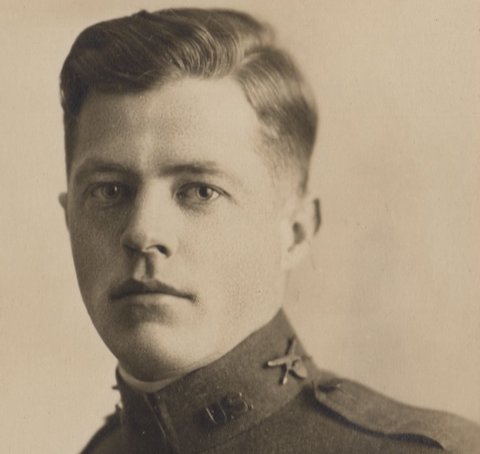



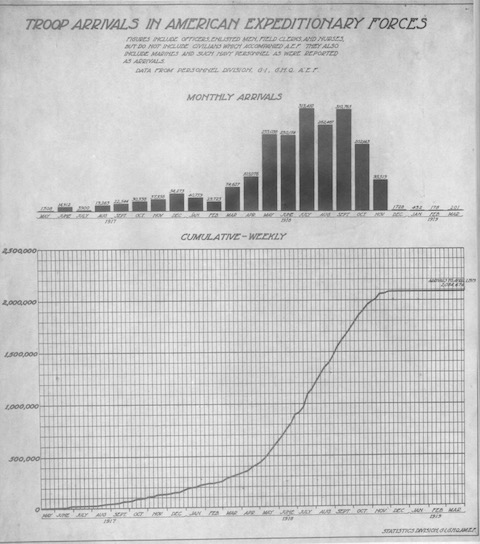

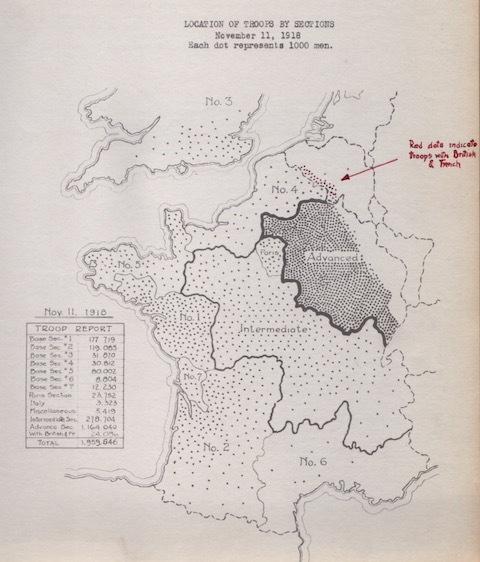


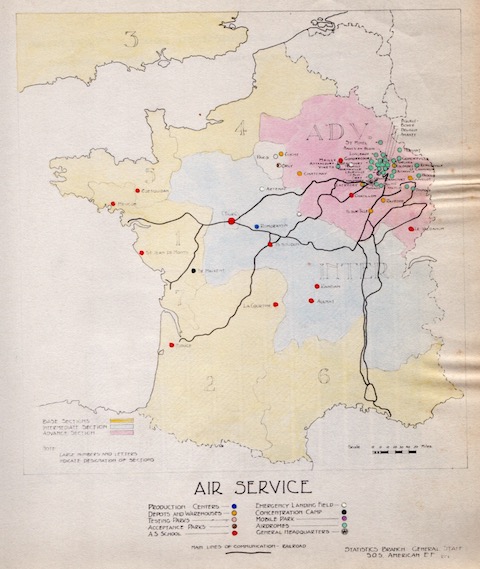
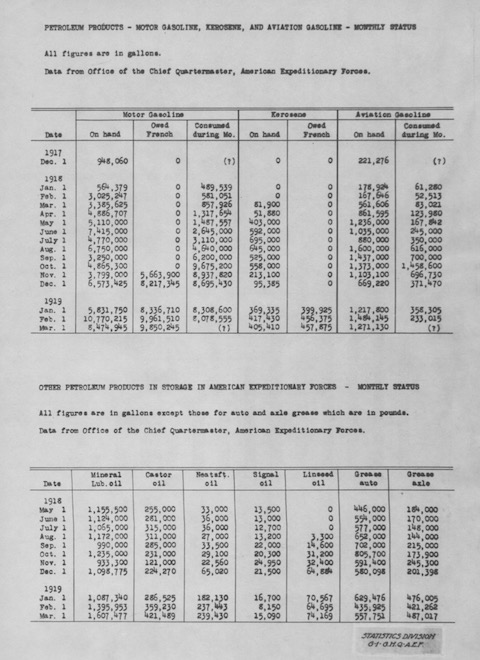
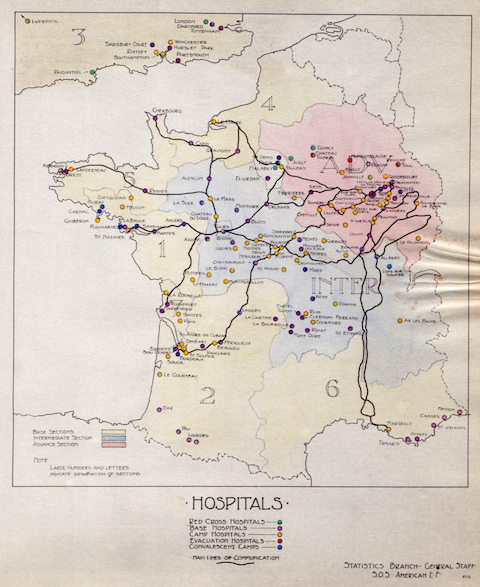

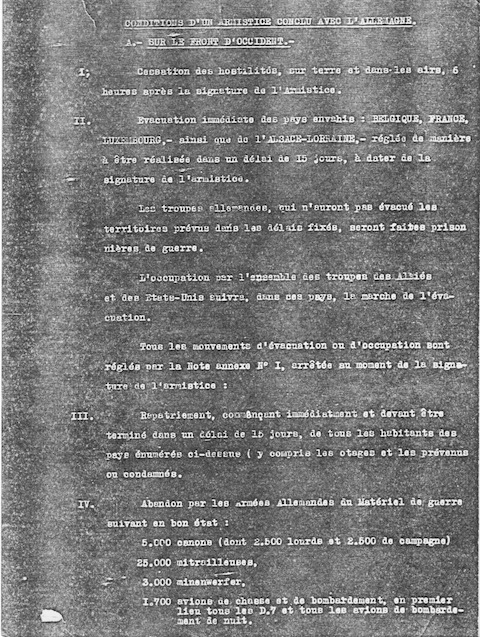





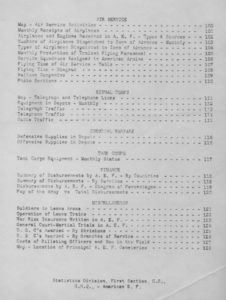

Please Leave a Reply